Market Trends
Key Emerging Trends in the Fortified Cereal Market
The fortified cereal market is witnessing substantial growth and innovation fueled by changing consumer preferences, health consciousness, and advancements in food technology. One notable trend is the increasing demand for fortified cereals enriched with vitamins, minerals, fiber, and other essential nutrients to enhance their nutritional value. Consumers are seeking convenient and nutritious breakfast options that offer a complete and balanced start to their day, driving the popularity of fortified cereals as a convenient source of essential vitamins and minerals. These fortified cereals cater to consumers' desire for functional foods that contribute to their overall health and well-being.
Moreover, there's a growing interest in fortified cereals targeting specific health concerns and dietary needs. Manufacturers are developing fortified cereal varieties tailored to address common nutritional deficiencies, support specific health goals, and accommodate diverse dietary preferences. For example, cereals may be fortified with iron and folic acid to support healthy blood formation, calcium and vitamin D for bone health, or omega-3 fatty acids for heart health. Additionally, there's a market for fortified cereals designed for specific consumer demographics, such as children's cereals fortified with essential vitamins and minerals for growth and development, or cereals formulated for seniors with added nutrients to support healthy aging.
Furthermore, there's a trend towards natural fortification methods in the fortified cereal market. With increasing consumer demand for clean-label and minimally processed foods, manufacturers are exploring natural sources of fortification such as whole grains, nuts, seeds, and fruit extracts. Natural fortification allows manufacturers to enhance the nutritional profile of cereals while maintaining their natural flavors and textures without the need for synthetic additives or preservatives. This trend aligns with consumers' preference for wholesome and transparent food choices, driving innovation in natural fortification techniques and ingredient sourcing in the fortified cereal market.
In addition, there's a focus on fortification with plant-based ingredients in the fortified cereal market to appeal to the growing number of consumers adopting vegetarian, vegan, and plant-powered diets. Plant-based fortification offers an alternative to animal-derived nutrients, providing consumers with fortified cereals that align with their dietary preferences and ethical values. For example, cereals may be fortified with plant-based sources of protein, calcium, iron, and vitamin B12 derived from legumes, nuts, seeds, and fortified plant milks. This trend reflects the increasing popularity of plant-based eating and the demand for plant-powered nutrition in fortified cereal products.
Moreover, there's a trend towards fortification with functional ingredients in the fortified cereal market to offer added health benefits beyond basic nutrition. Manufacturers are incorporating bioactive ingredients with specific functional properties into fortified cereal formulations to target consumer wellness trends and lifestyle preferences. For example, cereals may be fortified with prebiotics and probiotics for digestive health, antioxidants for immune support, or adaptogens for stress relief. These functional fortification strategies cater to consumers seeking holistic approaches to health and well-being, driving the development of fortified cereals with added functional benefits.
Furthermore, there's a growing market for fortified cereals with reduced sugar and calorie content to meet consumer demand for healthier breakfast options. With increasing concerns about sugar consumption and its impact on health, manufacturers are developing fortified cereal products with lower sugar levels, natural sweeteners, and reduced-calorie formulations. These reduced-sugar fortified cereals offer consumers a nutritious breakfast choice without the excess calories and added sugars, catering to their desire for healthier and more balanced food options. This trend reflects the shift towards healthier eating habits and the demand for breakfast cereals that contribute to overall well-being.

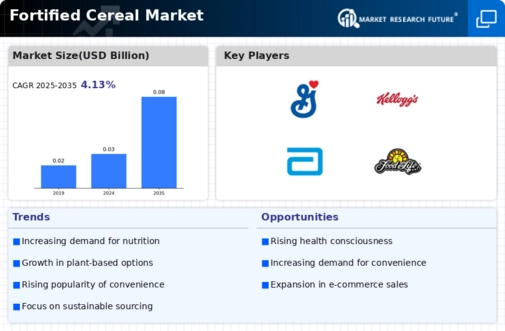
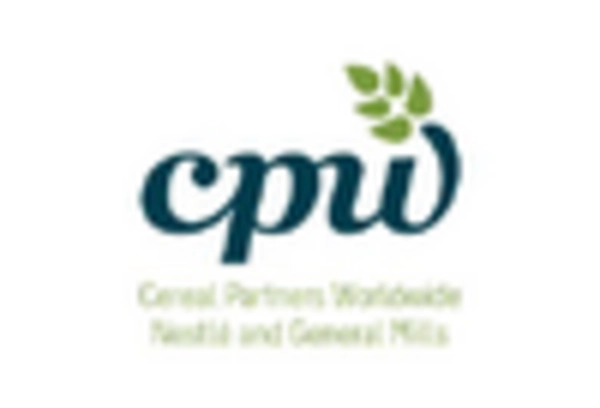
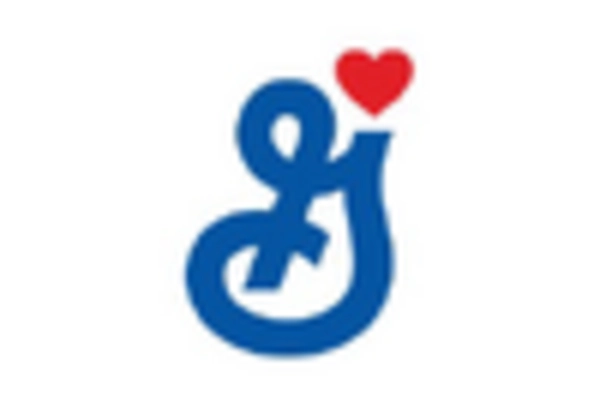
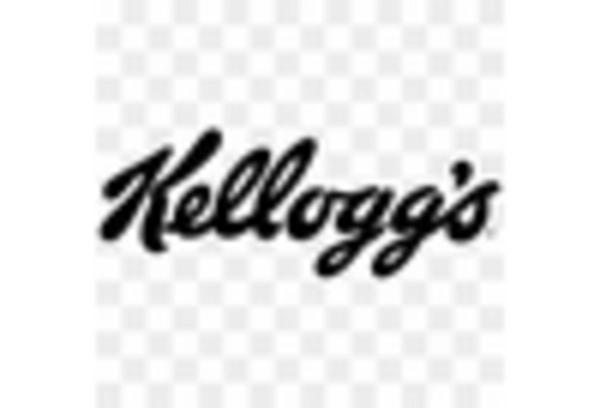

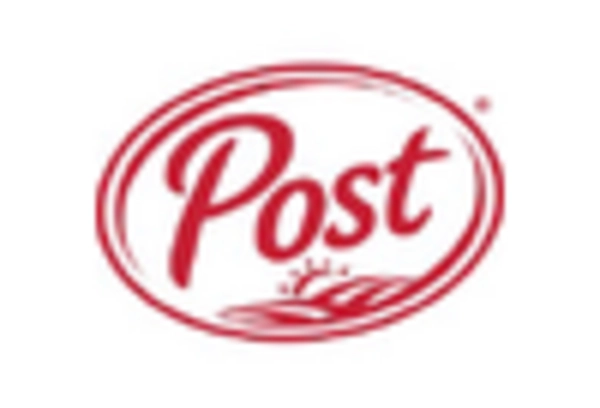
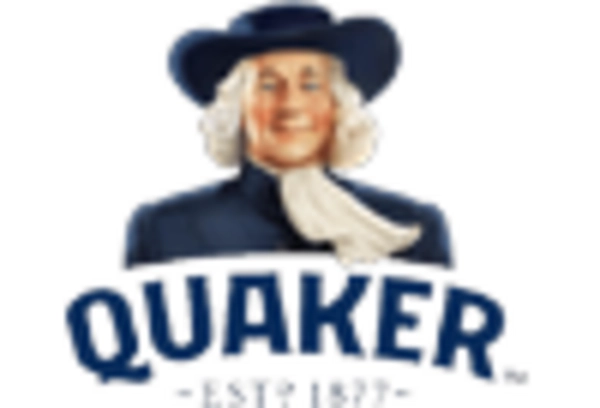









Leave a Comment